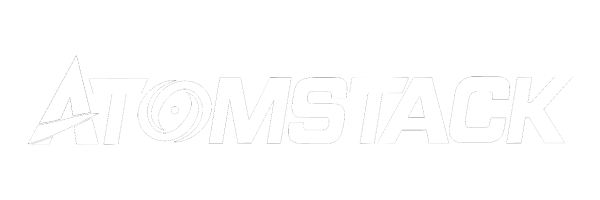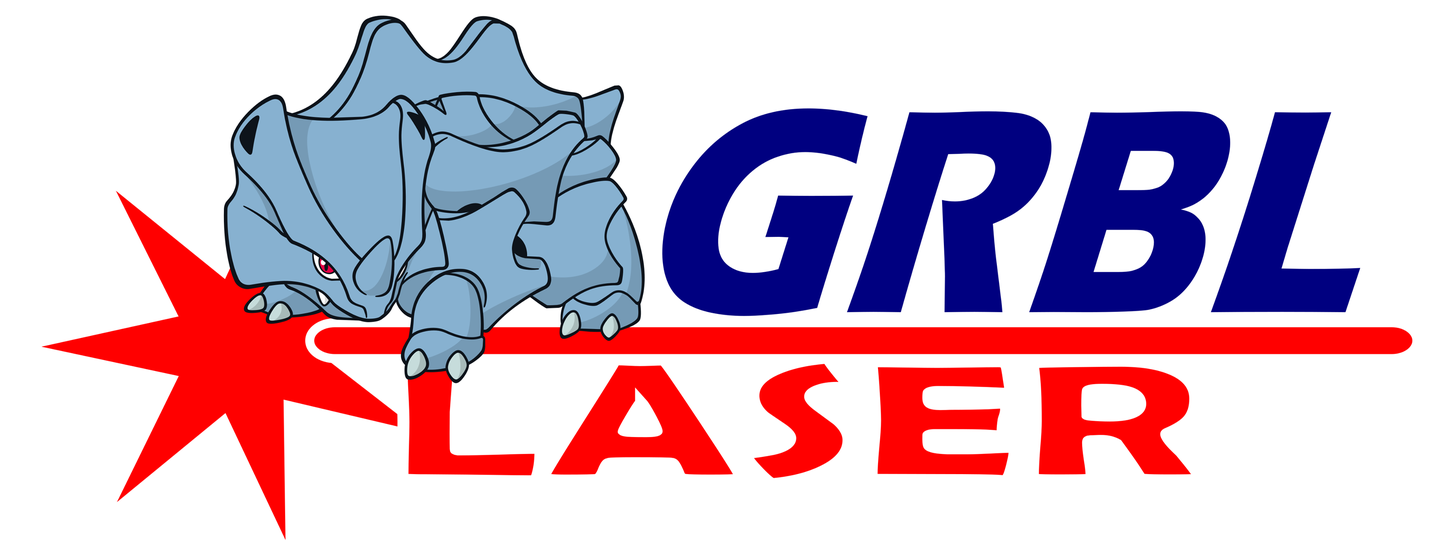Wood Laser Engraving: A Beginner's Guide
May 03,2022 | AtomstackOfficial

Laser engraving machines have made wood engraving easier, better, and faster than ever. But unfortunately, wood engraving has always been challenging for new users because it requires expertise and experience.
The wood might not offer the expected engraving results or ruin your whole effort. There are many inconsistencies that prevent beginners and new users from engraving wood. Many users get frustrated and quit engraving wood at the start of their laser engraving journey.
The user needs to understand wood engraving before starting it. It is a must to understand how to select the right wood for engraving, how to do it with extra care, and what ideas can be implemented as a beginner to get hands-on wood engraving.
In this article, we have gathered every piece of information required for wood laser engraving. We will share what types of wood are suitable for engraving, which machine you can choose, the settings of the machine for engraving, and various other tips and tricks to make wood engraving easier for beginners. We will also discover how wood engraving can be done with ultimate perfection.
How to Choose the Wood to Be Laser Engraved?
All types of laser engraving machines, including diode lasers, are capable of wood laser engraving. They have enough power to vaporize the material where the beams fall. But sometimes, you don't get the desired results. It is because of the wood you have selected.
Unfortunately, not all types of wood can offer you the best engraving results. There are many inconsistencies when it comes to wood. Surprisingly, even if you are using the same species of wood, the best result is not guaranteed because even though the species are the same, their internal resin content can be different.
While selecting wood for laser engraving, there are three things that the user should keep in mind.
Resin Content
The first thing that you need to consider is the resin content of the wood you are choosing. Resin is a natural viscous liquid present in the trees, especially in the resinous trees known for producing resins.
If the resin content of the wood is high, the final engraving will be darker. It is due to the burning of the resin when laser beams fall on the surface. With that being said, woods that contain low resin content have a light engraving pattern.
Resinous trees are soft as they contain the resin liquid, and on the other hand, non-resinous trees have very hardwood. For instance, cherry wood is soft because it contains resin.
Wood pieces have a lot of inconsistencies; even the same species might not have the expected resin content in them. If you are an experienced craftsman and have been seeing different types of wood for years, you might have an idea of the color of the wood. If the color of the wood is lighter than usual, it is low in resin content.
The shade of the Wood
The next important factor in choosing wood type is the shade. This factor is self-explanatory, and the shade of the wood can easily be seen.
Engraving is actually the burning of wood, so the result is a dark pattern that is darker than the original color of the wood. But if the shade of the wood is already dark, the engraving won't be much visible. Thus, it is better to choose wood types that have a lighter shade.
Streaking
Streaks refer to the lines that are naturally present in the wood. These do not create any hindrance in engraving, but they affect the final result. The streaks are visible after engraving, and they ruin the beauty of engraving. The streaks should be as minimal as possible to make the engraving more visible to the viewer.
Some of the common natural and engineered wood types preferred for engraving are:
- Alder
- Cherry wood
- Maple
- Basswood
- Plywood
- MDF
- HDF
- Balsa
How to Avoid Burn Marks When Laser Engraving Wood?
When laser beams strike wood, the surface starts to burn, and the particles start to burn and vaporize quickly. Due to burning, there can be burn marks after engraving that give a bad look or unfinished appearance to the engraved object. It is a must to avoid burn marks to ensure the attractiveness of engraving.
1. Adjust Power and Speed
The first that you can do is adjust the power and speed settings of the laser engraving machine. If the laser machine is giving off excessive power, it will definitely leave burn marks. High power starts burning the wood and particles from the edges. Thus, you need to reduce the power as low as possible.
Speed also plays an important role in avoiding burn marks. If the speed is low, the laser beams will spend more time on the object and cause burn marks. So, the speed should be high enough to perform engraving with accuracy and reduce burn marks.
Power is directly proportional to burn marks, while the speed is inversely proportional. Both should be set to get the best results.
2. Use the Right Laser Bed
When laser beams strike the object, excessive heat is produced. It is essential to dissipate the heat; otherwise, it will increase the temperature of the wood. If the heat dissipation is not optimal, there will be burn marks for sure.

It is recommended to use a Laser Cutting Honeycomb Worktable. It not only saves the surface underneath it but also prevents burn marks by offering excellent heat dissipation.
3. Use Air assist
Due to engraving, smoke is produced from the surface of the wood. This smoke accumulates around the object and increases its temperature. Therefore, it is another reason for burn marks because of its high temperature. In addition, the smoke also turns the wood yellow.
The smoke can be blown away with the help of an air assist. For laser engraving machines, an air assist is an essential part. It provides a steady and high-pressure airflow to blow the hot smoke.
4. Use Laser Engraving Masking Tape
Laser engraving masking tape is an excellent idea to avoid burn marks. When you apply the tape, the first thing that comes in contact with the laser beams is the tape. It prevents the smoke or fumes produced during engraving, so the burn marks are prevented. After engraving, the tape can easily be peeled off from the surface.
5. Apply Water to Wood
The reason behind burn marks is the excessive temperature. When you make the wood piece wet, the water helps in reducing the temperature. It is one of the easiest ways to prevent wood burns, but after doing it, you need to let the wood dry. Keep in mind that water can also affect the wood's shape and appearance.
How to Deal with the Smoke and Smell During Wood Engraving?
First of all, laser engraving should be done in a well-ventilated space. It helps in removing the smoke and smell produced during engraving. If there are windows, you can open them and use ventilation fans for air circulation.
The smell and smoke accumulate around the object. Therefore, it is necessary to use an air assist. The air assist blows high-pressure air on the object. It disperses the heat and smoke in the area. Due to the powerful air pressure, the user does not feel the smoke and smell if the area is also well-ventilated.
Also, a smoke purifier is also suggested to be applied during the wood laser engraving process.
More questions? Join our Facebook Group to get inspired!
Join Our Group On Facebook: Atomstack Official Group



